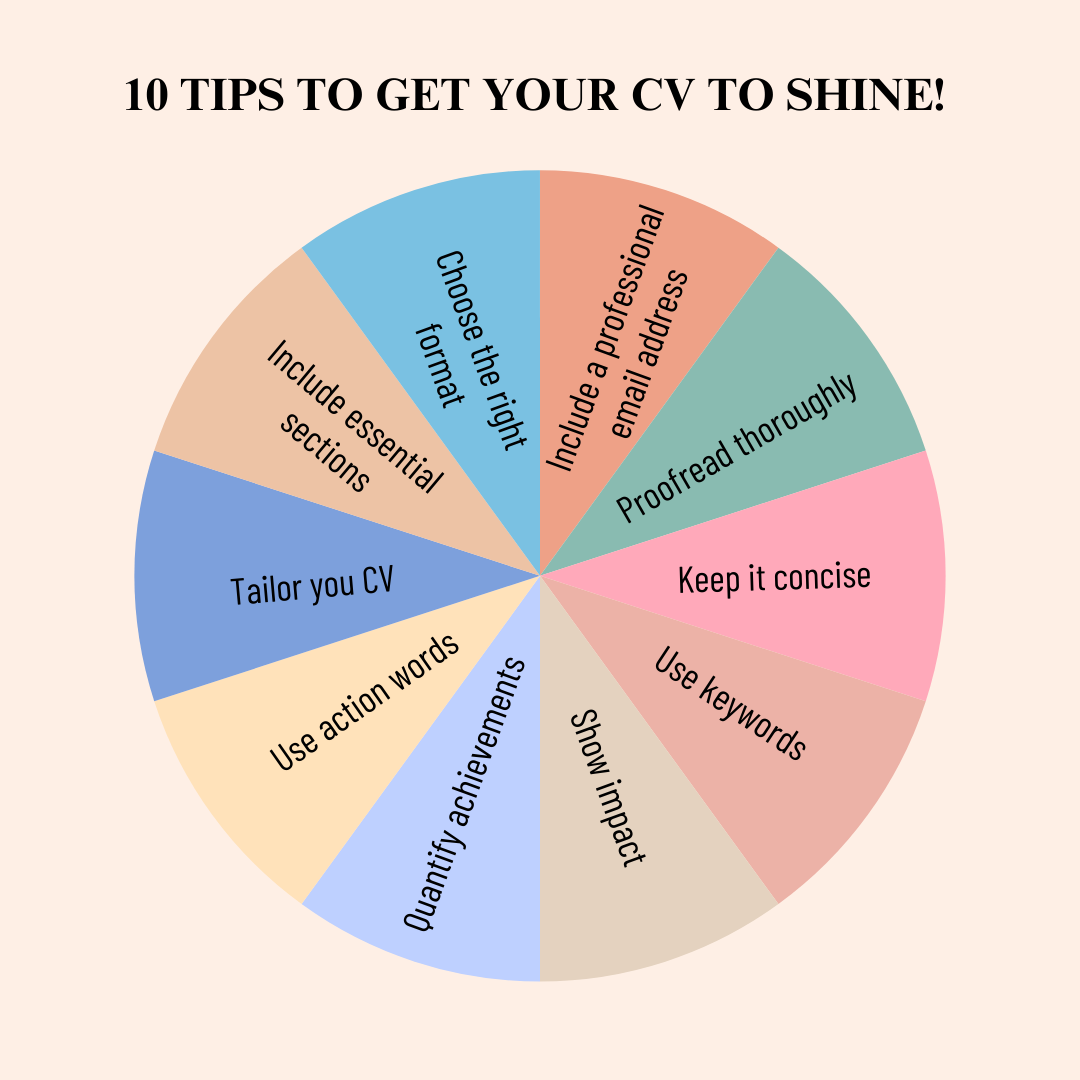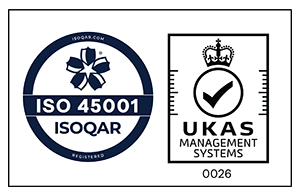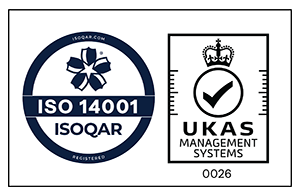Your CV is your first impression on potential employers. It’s a crucial tool to showcase your skills, experiences, and qualifications. To create a CV that catches the employer’s attention and opens doors to opportunities, follow these essential tips:
1. Choose the Right Format:
Select a clean and professional format that’s easy to read. The two most common formats are:
Chronological: List your work experiences in reverse chronological order (latest first). This format is suitable if you have a strong work history in your field.
Functional: Focus on your skills and qualifications rather than your work history. This format is beneficial if you’re changing careers or have gaps in your work history.
2. Include Essential Sections:
Contact Information: Include your name, phone number, email, and location (city and state). You can also add a LinkedIn profile link if relevant.
Summary or Objective: Craft a concise statement highlighting your career goals, key skills, and what you can bring to the role.
-Work Experience: List your work history with job titles, company names, dates of employment, and a brief description of your responsibilities and achievements.
Education: Detail your educational background, including degrees, institutions, graduation dates, and any relevant honors.
Skills: Highlight both hard skills (technical abilities) and soft skills (communication, teamwork) that are relevant to the job.
3. Tailor Your CV:
Customise your CV for each job application. Research the job description and the company’s culture to align your skills and experiences with their needs.
4. Use Action Words:
Start your bullet points with strong action verbs such as “managed,” “created,” “implemented,” etc. These words make your achievements more impactful.
5. Quantify Achievements:
Whenever possible, include specific numbers to quantify your achievements. For instance, “Increased sales by 25% in the first quarter” stands out more than “Increased sales.”
6. Show Impact:
Highlight how your work positively impacted your previous employers. Employers want to know how you contributed to the company’s success.
7. Use Keywords:
Incorporate keywords from the job description into your CV. Many employers use applicant tracking systems (ATS) to screen CV’s, and using relevant keywords can help your CV get past this initial screening.
8. Keep It Concise:
Aim for a one-page CV for less experienced candidates and a two-page CV for those with more extensive work history. Keep the content concise and focused on what’s relevant to the job.
9. Proofread Thoroughly:
Spelling and grammar errors can be detrimental. Proofread your CV multiple times, or ask a friend or family member to review it.
10. Include a Professional Email Address:
Use a professional email address that includes your name (e.g., john.doe@email.com) rather than a personal or outdated one.
Remember, your CV is your marketing tool. It should present you as a capable and motivated candidate who can bring value to the employer. By following these tips, you’ll be well on your way to creating an effective CV that catches the eye of potential employers and paves the way for career success.






